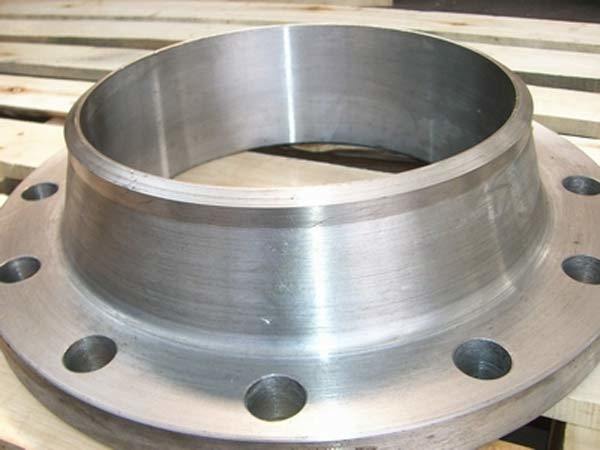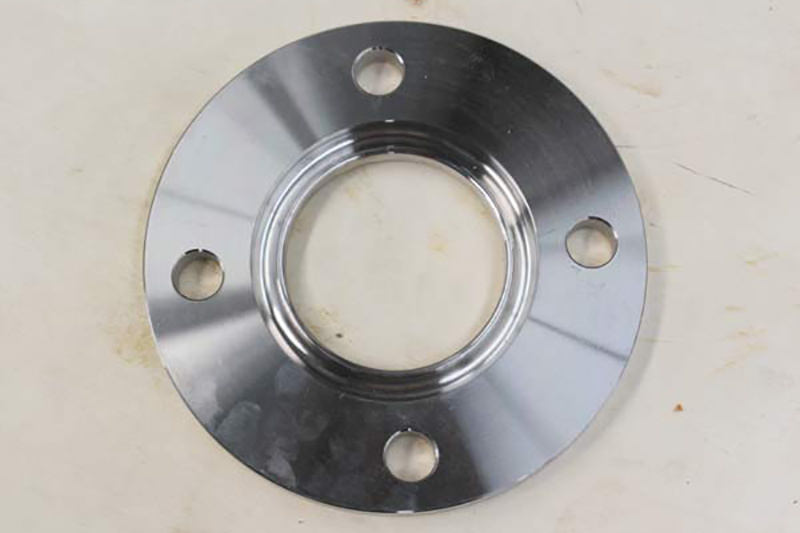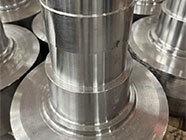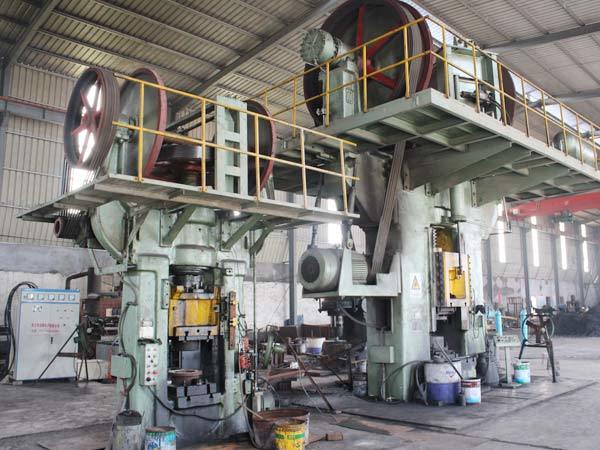Understanding Flanged Connections: Essential Insights for Building and Decorative Materials
Release time:
2025-06-25
Flanged connections are a pivotal aspect of piping systems, specifically designed to join two sections of pipe or a pipe to a valve or fitting. These connections utilize flanges—flat pieces of material with holes for bolts—that create a secure seal between components. A properly executed flanged connection ensures the integrity and efficiency of fluid transport systems, making it an essential topi
One of the primary advantages of flanged connections is their ease of installation and maintenance. Unlike welded connections, flanged joints can be easily disassembled, making repairs or modifications straightforward. This convenience is particularly beneficial in environments where access to piping systems is limited or where frequent adjustments are required.
Flanged connections come in various types, each tailored for specific applications. The most common types include slip-on flanges, weld neck flanges, blind flanges, and threaded flanges. Slip-on flanges are designed to slide over the pipe's end, providing a simple and effective way to create a joint. Weld neck flanges, on the other hand, are welded to the pipe, offering high strength and resistance to pressure, making them ideal for high-stress applications. Blind flanges are used to seal the end of a pipe, while threaded flanges allow for easy attachment to other components without welding.
Another critical aspect of flanged connections is their material selection. Flanges can be made from various materials, including stainless steel, carbon steel, and plastic, depending on the requirements of the application. Stainless steel flanges, for example, are often used in corrosive environments due to their durability and resistance to rust. Understanding the appropriate materials to use is essential to ensure long-lasting performance and reliability in any construction project.
In addition to material selection, it is also important to consider gasket choices when implementing flanged connections. Gaskets are placed between flanges to ensure a leak-proof seal. The right gasket material can enhance the performance of the connection by providing the necessary sealing properties while accommodating thermal expansion and contraction.
In conclusion, flanged connections play a vital role in the efficiency and safety of piping systems in the construction and decorative materials industry. Understanding the various types, benefits, and considerations surrounding flanged connections can significantly enhance the effectiveness and longevity of your projects. By investing time in mastering the intricacies of flanged connections, industry professionals can ensure that their systems remain reliable and efficient for years to come.

Latest developments
Understanding Flanged Connections: Essential Insights for Building and Decorative Materials
Flanged connections are a pivotal aspect of piping systems, specifically designed to join two sections of pipe or a pipe to a valve or fitting. These connections utilize flanges—flat pieces of material with holes for bolts—that create a secure seal between components. A properly executed flanged connection ensures the integrity and efficiency of fluid transport systems, making it an essential topi
Top 5 Advantages of Incorporating Sliding Flanges in Your Designs
Top 5 Advantages of Incorporating Sliding Flanges in Your Designs Introduction to Sliding Flanges In the world of construction and design materials, sliding flanges stand out as a crucial component that facilitates a variety of applications. These unique connections allow for flexibility in piping systems, making them indispensable in many industrial and architectural projects. Understanding the
Understanding High Neck Flanges: Essential Components in Construction and Decoration
High neck flanges, also known as long neck flanges, are specialized connectors used in piping systems. Unlike standard flanges, they feature an extended neck that provides additional height to the flange face. This design is particularly beneficial in applications requiring higher alignment precision and enhanced sealing capabilities. The extended neck allows for better support and alignment of th
The Evolution of Flat Flanges in Building Materials: A Comprehensive Insight
The Evolution of Flat Flanges in Building Materials Introduction to Flat Flanges in the Construction Industry Flat flanges are critical components in various piping and construction applications, serving as flat surfaces for connecting pipes, valves, and other equipment. Their evolution reflects advancements in engineering, material science, and design, contributing to the efficiency and safety of
Understanding Steel Industries Forgings: Key Insights for Professionals
Steel industries forgings play a crucial role in the manufacturing of high-performance components that are integral to various sectors, particularly in construction and decorative materials. Forgings are produced by shaping metal through localized compressive forces, which can be applied through hammers or presses. This manufacturing process not only improves the mechanical properties of the steel
The Role of Forging in Enhancing Stainless Steel Properties: An In-Depth Exploration
The Role of Forging in Enhancing Stainless Steel Properties Table of Contents 1. Introduction to Stainless Steel and Forging 2. Overview of Forging Techniques 3. The Impact of Forging on Stainless Steel Properties 3.1 Enhancing Mechanical Strength 3.2 Improving Corrosion Resistance 3.3 Increasing Ductility and Toughness 4. Types of Forged Stainless Steel 5. Applications of Forged








